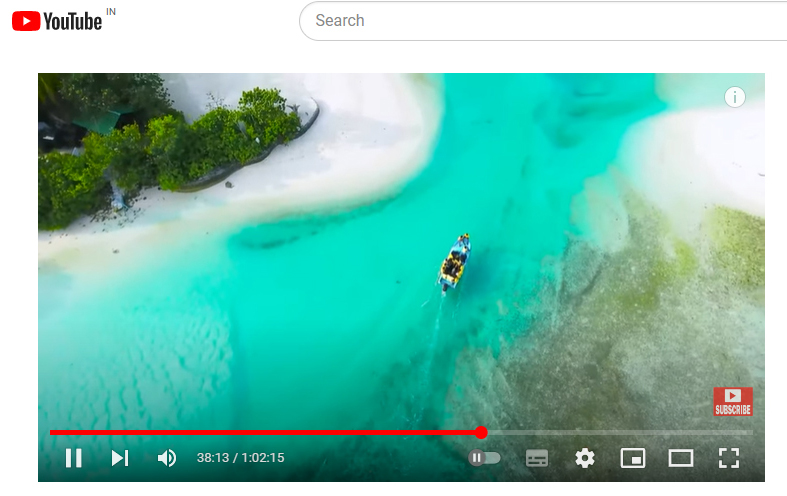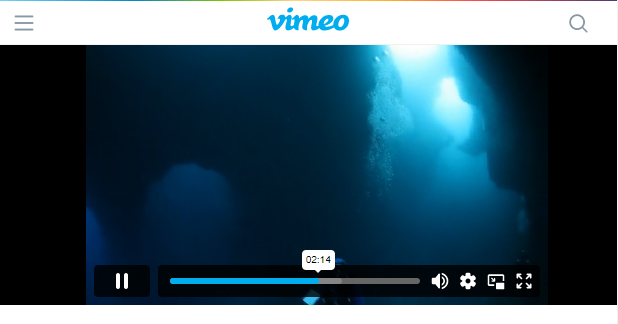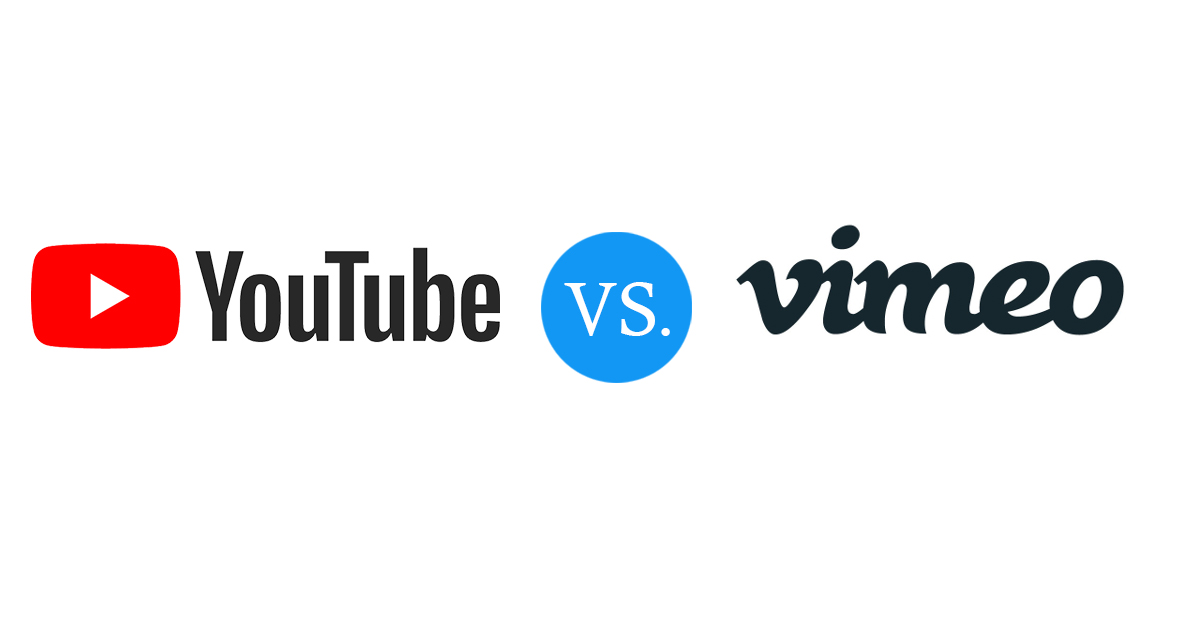YouTube and Vimeo are two of the most popular video hosting platforms on the internet. Both platforms allow users to upload, share, and view videos, but they have some key differences that set them apart.

YouTube, which was launched in 2005 and is owned by Google, is the largest video hosting platform in the world. It has over 2 billion monthly active users and supports a wide variety of video formats. YouTube is also the second most visited website in the world, after Google. The platform is free to use, but it also offers a paid subscription service called YouTube Premium, which allows users to watch videos without ads and access exclusive content.

Vimeo, on the other hand, was launched in 2004 and is a more niche platform. It has a smaller user base than YouTube, but it is known for its focus on high-quality, professional content. Vimeo is popular among indie filmmakers, videographers, and other creative professionals. The platform is free to use, but it also offers a paid subscription service called Vimeo Pro, which gives users access to advanced features like video analytics and the ability to upload videos in higher resolutions.
One of the main differences between YouTube and Vimeo is the type of content that can be found on each platform. YouTube is known for its user-generated content, which can range from funny cat videos to makeup tutorials to gaming content. Vimeo, on the other hand, is known for its high-quality, professionally produced content, such as short films, music videos, and web series.
Another key difference between the two platforms is the way they handle monetization. YouTube has a built-in advertising system that allows creators to earn money from their videos through ads, sponsorships, and other forms of monetization. Vimeo also allows creators to monetize their videos, but it does not have its own built-in advertising system. Instead, creators must use third-party tools to monetize their content.
Some differences between YouTube and Vimeo include:
1. Audience
YouTube is the largest video-sharing platform and has a much larger audience than Vimeo.
2. Monetization
YouTube has a monetization program for creators to earn money from ads and sponsorships. Vimeo also has a monetization feature for creators but it is not as extensive as YouTube.
3. Video Quality
Vimeo is known for its high-quality videos and focus on creative and professional content. YouTube allows for a wider range of video quality and content types.
4. Privacy and Control
Vimeo offers more privacy and control options for creators, such as the ability to password-protect videos.
5. Community
YouTube has a larger and more active community of users and creators, while Vimeo has a more niche community of creative professionals.
6. Features
YouTube has more features such as live streaming, automatic captioning and more.
7. Ads
Vimeo has fewer ads than YouTube, which allows for a cleaner and less disruptive viewing experience.
Conclusion
In conclusion, YouTube and Vimeo are both popular video hosting platforms, but they have different target audiences and offer different features. YouTube is a more mainstream platform with a larger user base and more user-generated content, while Vimeo is a niche platform with a focus on high-quality, professionally produced content. Both platforms are free to use but offer paid subscription services with advanced features.
